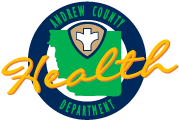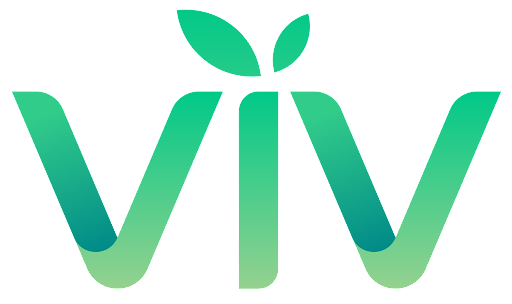Breastfeeding

Breastfeeding Support and Resources
Breastfeeding is a natural and beneficial way to nourish your baby, providing essential nutrients and promoting bonding. At the Andrew County Health Department, we are committed to supporting mothers throughout their breastfeeding journey, offering resources and assistance to ensure both mother and baby thrive.
Benefits of Breastfeeding
Breastfeeding offers numerous health benefits for both mother and baby, including:
- For Baby:
- Provides optimal nutrition and supports growth and development.
- Boosts immunity by passing on antibodies from the mother.
- Reduces the risk of infections, allergies, asthma, and obesity.
- Promotes bonding and emotional connection with the mother.
- For Mother:
- Reduces the risk of breast cancer, ovarian cancer, and postpartum depression.
- Supports faster postpartum recovery.
- Promotes natural birth control in the first six months (when exclusively breastfeeding).
- Helps with bonding and emotional well-being.
Breastfeeding Support Services
Our team at the Andrew County Health Department offers personalized breastfeeding support, including:
- One-on-One Counseling:
Meet with a lactation consultant or breastfeeding educator for personalized advice and guidance. - Breastfeeding Classes:
Learn techniques, positions, and how to address common challenges with our educational classes. - Breastfeeding Support Groups:
Connect with other mothers for peer support, advice, and encouragement. - Breastfeeding Equipment Assistance:
We provide information on breast pumps and equipment, including potential options for assistance programs.
Tips for Successful Breastfeeding
- Get Comfortable: Find a comfortable position that works for you and your baby. Support your back and arms as needed.
- Latch Properly: Ensure your baby latches deeply onto the breast to reduce nipple pain and promote effective milk transfer.
- Feed on Demand: Offer the breast whenever your baby shows signs of hunger, typically every 2-3 hours for newborns.
- Stay Hydrated and Nourished: Make sure to drink plenty of water and eat healthy foods to support milk production.
- Be Patient: It may take time to get into a rhythm, so be patient with yourself and your baby.
Returning to Work and Breastfeeding
For working mothers, breastfeeding is possible with the right planning and support. We offer advice on:
- Breastfeeding and Pumping: Learn how to express milk and store it safely for when you are away from your baby.
- Workplace Accommodations: Understand your rights to pump at work and how to set up a supportive environment.
Contact Us
The Andrew County Health Department is here to assist you in your breastfeeding journey. For more information, support, or to schedule a consultation, please contact us at:
Phone:
(816) 324-3139
Email:
106 North 5th Street, Savannah, Missouri 64485, USA
Address:
info@andrewcountyhealth.com
Breastfeeding is a beautiful and rewarding experience. Let us help you every step of the way to ensure your success!
Additional Services
Need Assistance?
Have questions or need guidance? Our team is here to help! Reach out today and let us support your health and wellness journey.
Contact Us
info@andrewcountyhealth.com
106 North 5th Street, Savannah, Missouri 64485, USA
- Mon - Fri
- -
- Sat - Sun
- Closed



